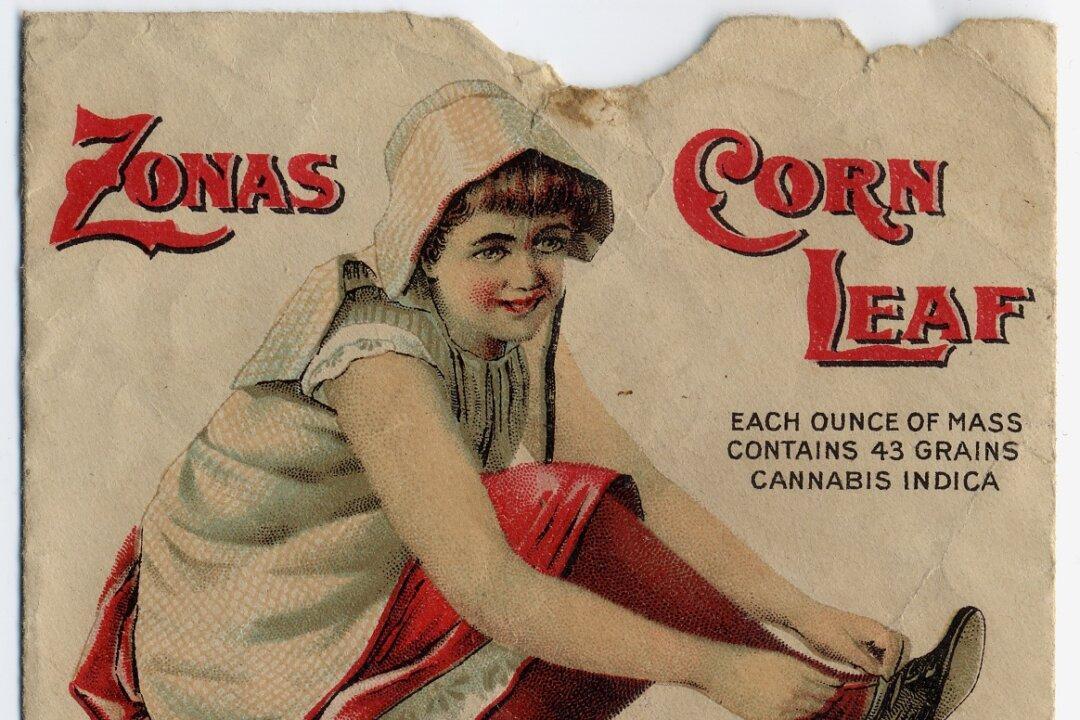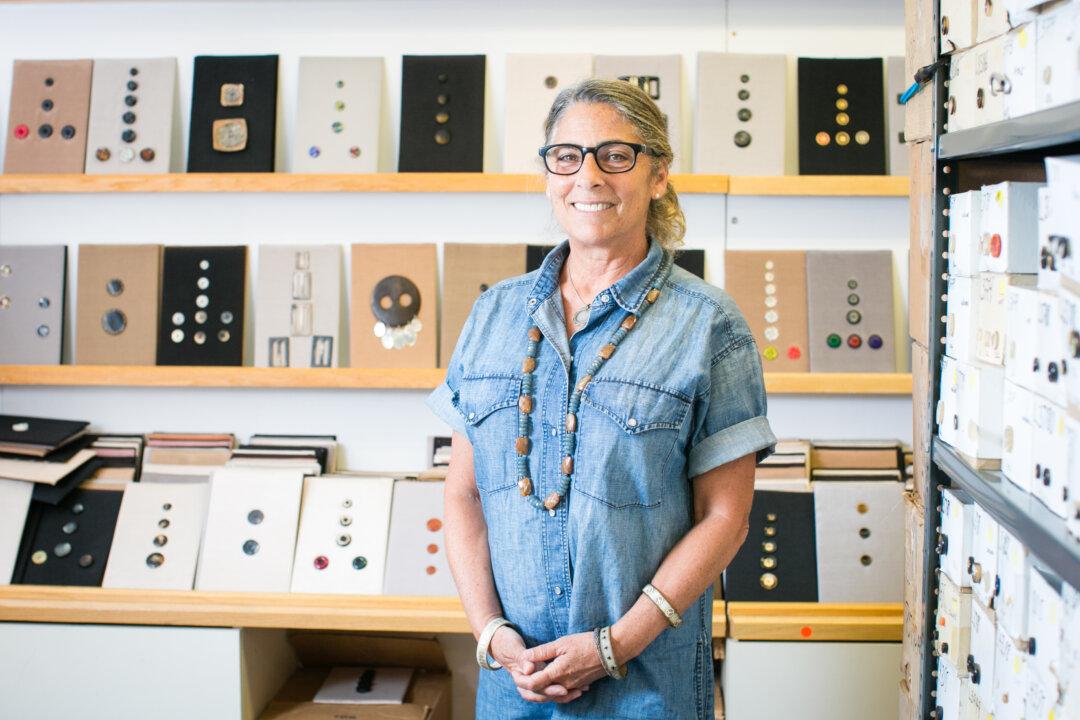MIDDLETOWN, New York—Animals communicate in their own ways, but if they could talk to us in our language, they would no doubt tell us about the human condition. Because they share so much of our lives, they end up either suffering directly because of our actions or just by being around us, in tune with our own emotional up and downs.
Apart from the emotional cost, there is the economic cost of our bad habits when it comes to keeping pets. It is estimated that over $2 billion is spent annually by local governments to shelter and ultimately euthanize 8-10 million adoptable dogs and cats.
No-kill animal shelters such as Middletown’s Pets Alive sanctuary are relatively few and far between. The shelter cares for household pets like cats and dogs that have been rejected by other organizations, as well as farm animals that require a lot more outdoor/indoor space.
“Not many sanctuaries have farm animals, this is the unique thing about Pets Alive,” said Mary Ann Bopp, the shelter’s Development Director.
As with all animals shelters, the emphasis is on getting the spay/neuter message across to the community alongside trying to rally interest so that the animals can be adopted.
Talking to Bopp, it becomes clear that the issue that remains largely ignored is the humans’ behavior.
Needy Humans
Just last month the Pets Alive took in 50 cats and two dogs from a hoarding situation in Minisink, and more cats were born just after they were rescued.
Why so many cats?
“[People] might start with one or two and they don’t spay or neuter, so two ends up being six, and ten, and all of a sudden it just grows. Hording is somewhat of an illness,” she said explaining that the conditions that the cats lived in were “horrendous” with some of the cats starving and very sickly.
An even more unusual situation that Pets Alive was involved in over one year ago was when the roles were reversed.
“The couple that had the [20] cats were basically not eating because they were feeding the cats. It was just a crazy situation. We don’t understand it,” said Bopp.
All the farm animals come from cruelty cases—cruelty between humans, or abandoned animals that were once in fashion.





